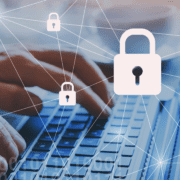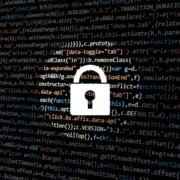Federal Budget 2021: Electronic Filing, Payments and Certification
Budget 2021 proposes a number of measures that would better facilitate CRA’s ability to operate digitally, while also enhancing security.
Notices of Assessment (NOA)
Budget 2021 proposes to provide CRA with the ability to send certain NOAs electronically without the taxpayer having to authorize CRA to do so. This proposal would apply in respect of individuals who file their income tax return electronically and those who use the services of a tax preparer that files their return electronically. Taxpayers who file their income tax returns in paper format would continue to receive a paper NOA from CRA. This measure would come into force on Royal Assent of the enacting legislation.
Correspondence with Businesses
Budget 2021 proposes to change the default method of correspondence for businesses that use CRA’s My Business Account portal to electronic only. However, businesses could still choose to also receive paper correspondence. This measure would come into force on Royal Assent of the enacting legislation.
Information Returns – T4A and T5
Budget 2021 proposes to allow issuers of T4A (Statement of Pension, Retirement, Annuity and Other Income) and T5 (Statement of Investment Income) information returns to provide them electronically without having to also issue a paper copy and without the taxpayer having to authorize the issuer to do so. This measure would apply in respect of information returns sent after 2021.
Electronic Filing Thresholds
Budget 2021 proposes a number of measures that would limit the ability to file paper returns, including:
- persons or partnerships that file more than 5 (reduced from 50) information returns of a particular type (e.g. T4 or T5 slips) for a calendar year would be required to file them electronically;
- professional tax preparers would be required to file electronically where they prepare more than a total of 5 (reduced from 10) corporate or income tax returns for a calendar year. The exception for trusts would be removed; and
- professional tax preparers that file electronically would only be permitted to file a maximum of 5 (reduced from 10) paper returns of each type per calendar year.
These measures would apply in respect of calendar years after 2021.
The mandatory electronic filing thresholds for returns of corporations under the Income Tax Act, and of GST/HST registrants (other than for charities or Selected Listed Financial Institutions) under the Excise Tax Act would be removed, resulting in most corporations and GST/HST registrants being required to file electronically.
Electronic Signatures
Budget 2021 proposes to allow electronic signatures on certain prescribed forms, as follows:
- T183, Information Return for Electronic Filing of an Individual’s Income Tax and Benefit Return;
- T183CORP, Information Return for Corporations Filing Electronically;
- T2200, Declaration of Conditions of Employment;
- RC71, Statement of Discounting Transaction; and
- RC72, Notice of the Actual Amount of the Refund of Tax.
This measure would come into force on Royal Assent of the enacting legislation.
Electronic Payments
Budget 2021 proposes that electronic payments be required for remittances over $10,000 under the Income Tax Act and that the threshold for mandatory remittances for GST/HST purposes be lowered from $50,000 to $10,000. Budget 2021 also proposes to clarify that payments required to be made at a financial institution include online payments made through such an institution. This measure would apply to payments made on or after January 1, 2022.
Disclaimer: Avisar Chartered Professional Accountant’s blog deals with a number of complex issues in a concise manner; it is recommended that accounting, legal or other appropriate professional advice should be sought before acting upon any of the information contained therein.
Although every reasonable effort has been made to ensure the accuracy of the information contained in this post, no individual or organization involved in either the preparation or distribution of this post accepts any contractual, tortious, or any other form of liability for its contents or for any consequences arising from its use.







